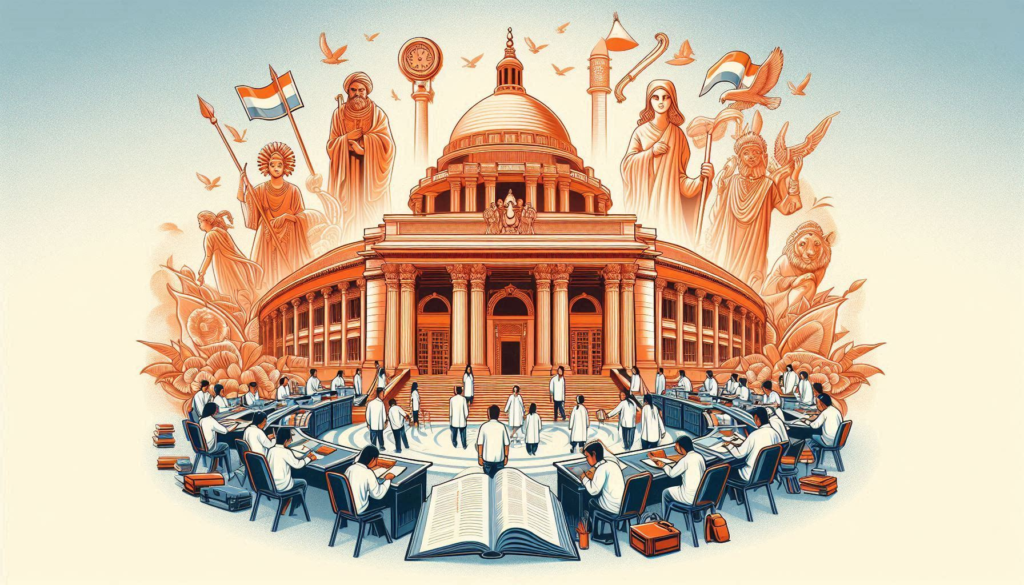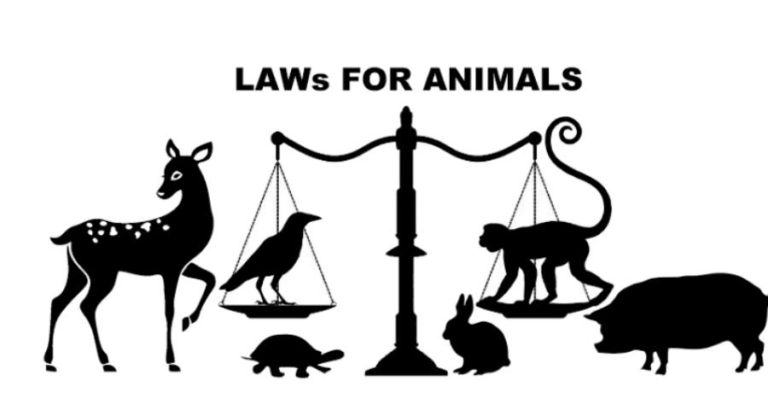
Abstract
The policies of reservation in India meant to bring parity in education for the SC and OBC have had a great impact on the socio-economic fabric of Dalit’s. Through this research, the extent to which these policies have been adopted and the extent of their success in higher education institutions especially for the Dalit Groups will be discussed. The paper looks at the developments in enrolment rates, issues on how well it was being implemented, the ‘creamy layer’ concept, and the social and economic status of the Dalit graduate. Thus, the research substantiates the achievements and difficulties of reservation policies to offer a–and centrally, empirical–answer to the debate on educational equality in India.
Keywords
Reservation Policies, Dalit Communities, Higher Education, Enrollment Rates, Creamy Layer, Discrimination, Socio-Economic Outcomes, India
Introduction
The Indian caste system – a complex social system that divides people into several categories – has throughout the years been prejudicial against various communities; the most obvious example being Dalits (previously referred to as Untouchables). As compensation for social injustice for hundreds of years, the Indian Constitution incorporated reservation policies or affirmative action in education and employment and, later, in politics. These policies aim at availing to the previously excluded groups, especially Dalits, a chance at opportunities that were deliberately locked from their reach. In the realm of higher education, reservation policies have endeavored to improve the enrolment and persistence of Dalit students improving the socio-economic mobility”.
This paper critically analyses the status and utility of reservation policies in the higher education for the Dalit population. The major research questions are related to the actual Dalit enrolment ratio, issues that may hinder the implementation, the arrangements in to socio economic categories in Dalit students and the ’creamy layer’.
Research Questions
- How has the enrollment rate of Dalit students in higher education institutions changed since the implementation of reservation policies?
- What are the main barriers to the effective implementation of reservation policies for Dalits in Indian universities?
- What is the impact of the “creamy layer” concept on the effectiveness of reservation policies for Dalits in higher education?
Research Objectives
- To analyze trends in Dalit enrollment rates in higher education institutions before and after the implementation of reservation policies.
- To identify and evaluate the primary obstacles hindering the effective implementation of reservation policies for Dalits in Indian universities.
- To assess the socio-economic outcomes of Dalit graduates who benefited from reservation policies, compared to their non-Dalit counterparts.
- To examine the relationship between experiences of discrimination and stigma and the academic performance and retention rates of Dalit students in higher education.
Dalit Enrollment Trends
Several authors have discussed changes in the Dalit students’ enrolment ratio in Indian university. reservation policies have led to an increase in the intake of Dalit students in higher1 education institutions but these students seem to drop out at a high rate and are not favored in the so called ‘‘elite’’ institutions. A study by Deshpande and Ramachandran (2015) shows that enrolment has improved but is still doesn’t proportionate to their population. But hardly any works explore the prospects of these Dalit graduates outside the campus and in the wider socio-economic framework.
Barriers to Effective Implementation
Thorat and Newman (2009) identified several challenges by academics of reservation policies as follows: Some of these barriers include: Institutions denying services to disabled persons, lack of necessary structures to compensate for the disability, and structures to support them comprehensively. Other scholars, such as Balagopal (2008) argue that there is no awareness and hatred, which is compounded by the stigmatization of the reserved category students making education in higher learning institutions very hard for Dalit students.
The “Creamy Layer” Concept
The ‘creamy layer’ means the richest and educated of the reserved categories, who have been left out by the reservation policies. The extension of this concept for the Dalit community is still debatable even though it was initially used for the OBC category. Research carried out by Jodhka (2010) and Mehta (2012) imply that the ‘creamy layer’ does confine the social benefits within the more politically active, upwardly mobile percentage of the Dalit population departing the rest of the Dalit2 sub-groups out in the cold as far as obtaining education is concerned.
Methodology
The data of this study, therefore, use mixed methods whereby there is quantitative evaluation of enrollment figures coupled with qualitative self-administered questionnaires and interviews to come up with an adequate evaluation of the performance of the reserve policies.
Data Collection
- Quantitative Data: Information on enrolment rates of Dalits will be obtained from UGC and Ministry of Education in India Annual reports. Information on the trends will include the period from 1990 to 2020 in thirty years increments.
- Qualitative Data: Exploratory interviews and questionnaires shall be administered to study Dalit students and faculty at different universities in India to assess their problems and their exposure to discrimination and prejudice.
Analysis
- Statistical Analysis: Trends of changes in enrollment figures will be sourced, and time-series analysis will be conducted to compare enrollment change pre- and post-implementation of reservation policies. Regression models will be used to analyze relations which exist between the reservation policies and the performance of Dalit students.
- Thematic Analysis: Face-to-face and/or online interviews and questionnaires filled by the participants in this study will be analyzed take into consideration common paradigms of discrimination, stigma, and institutional support.
Findings
Trends in Dalit Enrollment Rates
On an aggregate level, a preliminary analysis reveals that the percentage of Dalit enrolment in higher education institutions has risen rather consistently after the policies of affirmative action were put into practice. However, this has increased unevenly across different types of institutions; the gross enrolment ratio in the IITs and the IIMs, for instance is significantly lower than in state universities and community colleges for Dalit students.
Barriers to Effective Implementation
Key barriers identified include:
- Institutional Discrimination: Most of the time Dalit students admitted discrimination by either the faculty or the fellow students and this had negative impacts on their academic performances and their psychological health.
- Lack of Support Systems: Mentorship, Scholarship and career services are critically lacking for the Dalit students thus making it extremely difficult for them to succeed in their higher learning institutions.
- Stigmatization: Stigma relates to ‘reservation quotas’ reduces Dalit students from mixing with other students; hence low retention rates are expected.
The Impact of the “Creamy Layer” Concept
The study discovers that the “creamy layer” concept of the reserve has been partly successful in its aim of making sure the reserves of the society are enjoyed most by the most backward section of the society. Most of the reserved seats are filled by students coming from a reasonably well-to-do Dalit background, thereby excluding many from genuinely poor backgrounds. This warrants a fresh strategy in the layering of socio-economic disparities inside the Dalit frames.

Discussion
Socio-Economic Outcomes of Dalit Graduates
Responder Dalit graduates who are pampered by reservation policies have better enhancement of socio-economic status than those who did not challenge themselves to attending higher education institution. But they remain disadvantaged in the labour market, especially in fairness in employment, and equal pay services. This of course led to issues regarding the efficacy of reservation policies as a long-term solution of social justice for marginalized communities.
Discrimination and Stigma in Higher Education
Thus, the position of Dalit students in higher1 education is determined not only by the bureaucratic provisions of reservation policies and formal anti caste policies but also by caste practices within the universities. The existence of stigma and exclusion show that more has to be done to foster more accommodative schools.
Conclusion
While reservation policies have proved beneficial in providing access to higher education for Dalit groups, they are not all that effective as can be inferred from structural factors, social-economic inequality, and prejudice. The policies should be more precise and elaborate in future to make support from these policies more effective to the Dalit students; future policies should also take care of inter-Dalit inequalities and to ensure non-discriminated policy in educational institutions.
This paper aims to make a small attempt to function as a knowledge supplement to the existing literature about reservation policies in India and its impact with specific reference to the status of the Dalit employees in higher learning institutions.
References
- Deshpande, S., &Ramachandran, R. (2015). Caste Disparities in Higher Education: Evidence from India. Journal of Economic and Social Studies.
- Thorat, S., & Newman, K. S. (2009). Blocked by Caste: Economic Discrimination in Modern India. Oxford University Press.
- Jodhka, S. (2010). The “Creamy Layer” Debate in Indian Reservation Policy. Economic and Political Weekly.
- Mehta, P. B. (2012). Reservation and the Problem of the Creamy Layer. India International Centre Quarterly.




